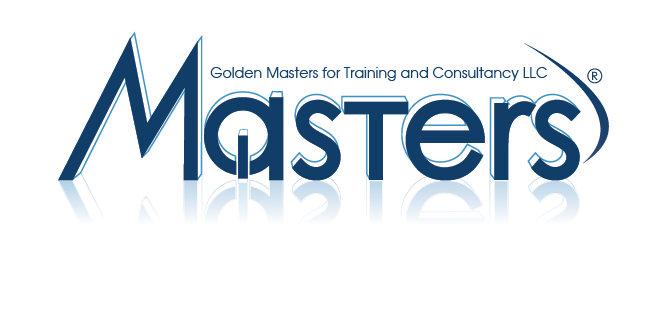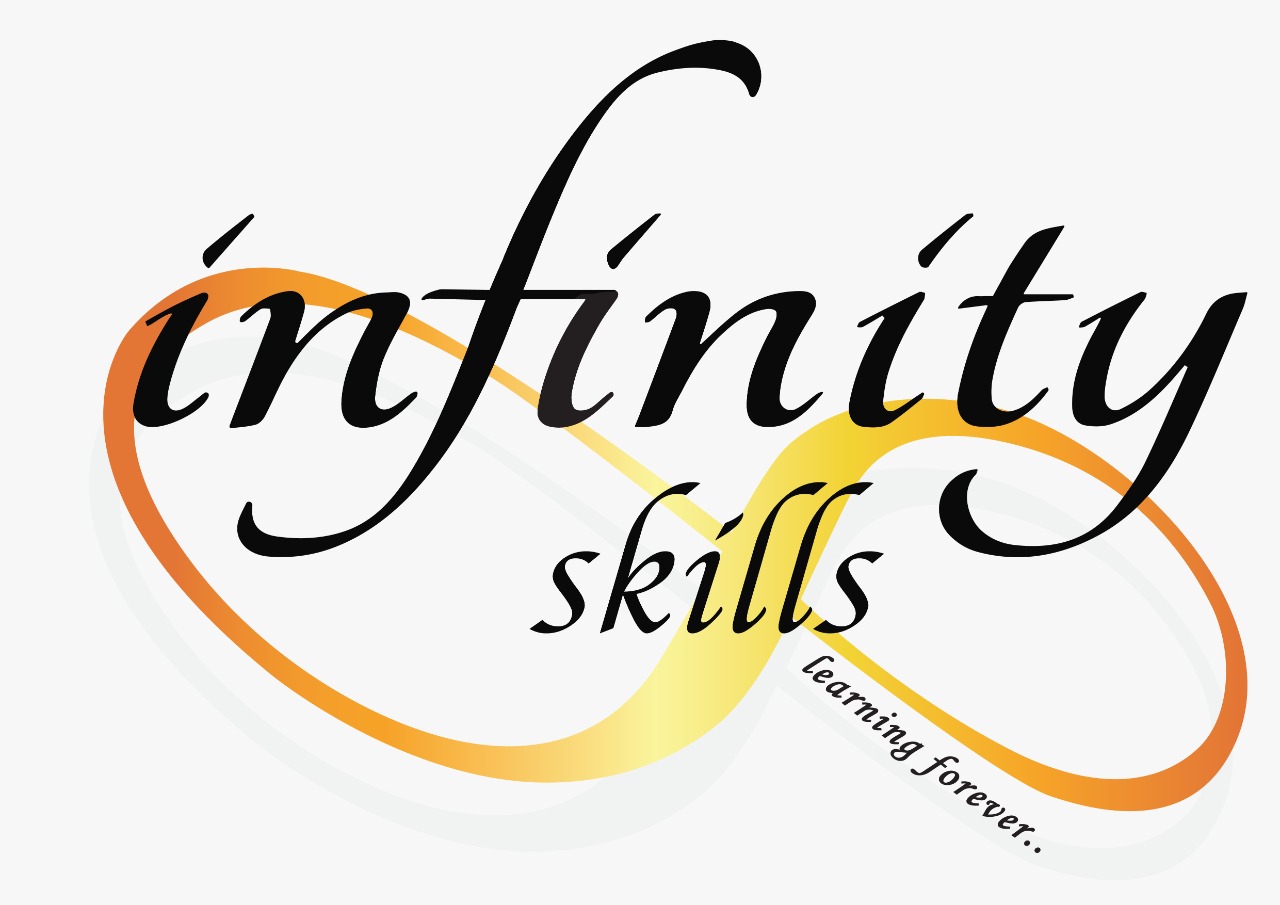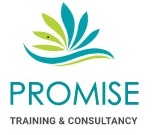Course Description:
This course discusses the design, installation, inspection, and repair of refractory systems for processing & power generation applications in pressure vessels, piping systems, and fired equipment.
The discussions include practical examples of refractory systems in demanding applications (such as FCCU's, Fluid Cokers, process vessels, fired heaters and steam generation equipment) and are illustrated by photos and a video.
The course will present these topics in the context of API Recommended Practice 936 Guidelines for Refractory Installation Quality Control. Attendees will be well prepared to challenge the API 936 Inspector certification exam upon completion of this course.
Course Objective:
This Five-day course will provide an intensive overview of refractory materials used in refineries, power generation and petrochemical facilities consistent with the body of knowledge contained in API 936.
Course Certificate:
Masters Consultant certificate will be issued to all attendees completing minimum of 75% of the total tuition hours of the course.
Who Should attend?
This course is intended for individuals who are responsible for the design, installation, inspection, or repair of refractory systems in refinery, power generation and petrochemical applications
Course Outline:
- Introduction:
- API 936 Overview
- What Are Refractory?
a. Definition
b. Functions
1. Insulation
2. Corrosion Resistance
3. Erosion Resistance
c. Types of Refractories
1. Ramming Mixes
2. Plastics
3. Gunning Mixes
4. Castables
5. Trowelling Mixes and Mortars
6. Brick
7. Ceramic Fiber
8. Block Insulation
- Raw Materials
a. Aggregate
b. Bonding Mechanism
1.Phosphate (Acid) Bond
2.Cement (Hydraulic) Bond
3.Clay
4.Sodium Silicate
5.Curing & Drying
- Physical Properties of Refractory Materials and Test Procedures
a. Bulk Density
b. Compressive Strength
c. Tensile Strength (Modulus of Rupture)
d. Erosion Resistance
e. Heat Resistance
f. Thermal Conductivity (How to Use K-Stick)
g. Thermal Expansion
- Refractory Failure Mechanisms
a. Erosion
b. Corrosion
c. Thermal Shock
d. Mechanical Abuse
e. Overheating
f. Atmospheric Reaction/Chemical Attack
- Factors Affecting Refractory Performance
a. Product Quality
b. Anchoring Design
c. Installed Quality
e. Installation Procedures
f. Unit Operation
g. Material Specification
h. Experience of Applicator/Crew
- Benefits of Using Metal Fiber Reinforcement:
a. Randomized Cracking
b. Holding Lining in Place, if Cracking Occurs
- Refractory Linings for Miscellaneous Equipment
a. Sulfur Recovery Unit
b. Tail Gas Cleanup Unit
c. Feed Fired Heater
d. Flue Gas Cooler & Stack
e. Fluid Coker
f. Hydrogen Furnace
g. FCCU
h. Concrete/Gunite Lined Drums
- Introduction to the API RP 936
a. Documentation (2.1)
b. Material Qualification (2.2)
c. Applicator Qualification (2.3)
d. Installation Monitoring (2.4)
e. As-installed Testing (3.1)
f. Pre-dryout Inspection
g. Dryout Monitoring (4.2)
- Pre-Turnaround Planning (At least 6 Months Prior to Turnaround)
a. Review of Past Inspection Reports, Repairs, Quality Control Records and Recommended Future Repair Priority Areas.
b. Review of Unit Operation since the Last Major Turnaround.
c. Review of Refractory Material Types Needed for Unit Repairs.
d. Review of a Thermographic Survey from the Beginning of Operation as compared with One of Current Operation.
e. Formulation of Plan.
f. The Benefits of Component Replacements Compared to Insitu Repairs.
- Selection of Refractory Products for Shutdown Needs
- Selection of Refractory Contractor to Perform Work During Unit Shutdown
- Estimating Refractory Quantities Needed for Planned Maintenance Work
- Advance Preparation of Refractory Lining Repair Procedures
a. Scheduling Access
b. Scaffolding Needs
c. Refractory Removal Procedure
d. Formwork Manufacture Plans
e. Determining How Repair Lining Installations will be Done in Various Portions of the Unit
f. Qualifying Installation Personnel
g. Procedure for Expediting as Installed Quality Control Test Sample Preparation
h. Developing a Good Work Flow Plan
- Turnaround Inspection/Repair Decisions
- Lining Repair
- Lining Curing/Startup Procedures
- Post Turnaround Reporting





